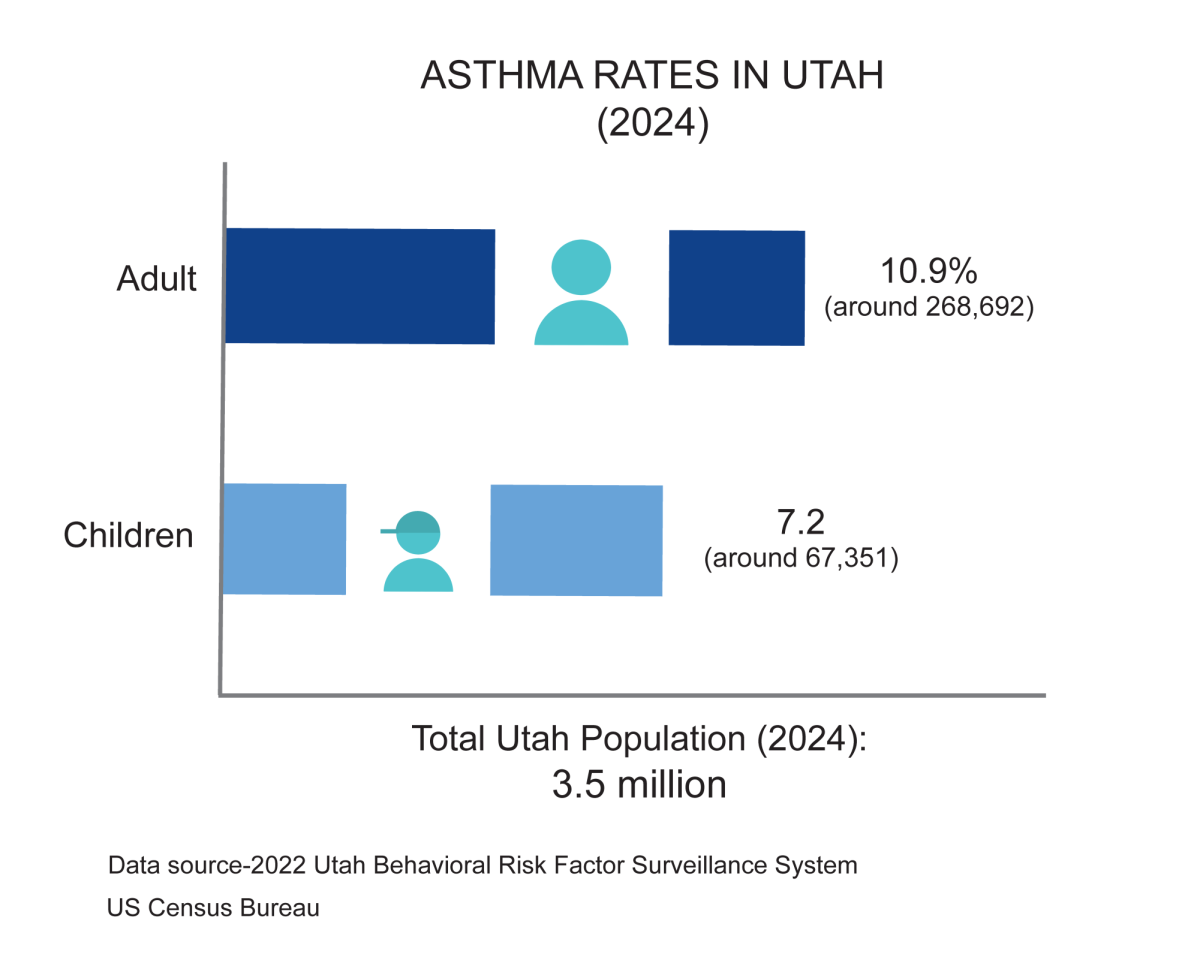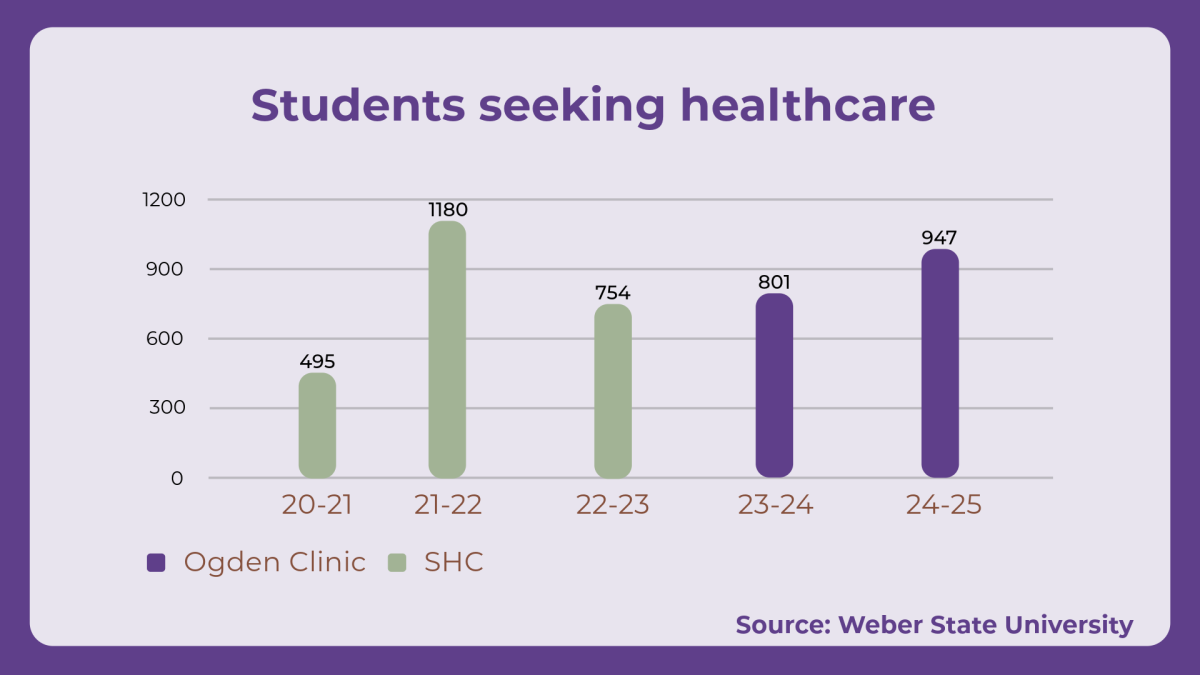
People suffering from mental illness fight a constant battle to be taken seriously. The issue of mental illness and its validity has been raised many times throughout history. The symptoms and effects of mental illness aren’t as easy to recognize as those that stem from physical ailments, which can lead people to be skeptical about the seriousness of the issue.
Tourette’s Syndrome was first described by Gilles de la Tourette in an 1885 publication of the medical journal Archives de Neurologie. Gilles first called the syndrome “maladie des tics,” and described that a weak nervous system was passed down from previous generations.
The medical journal also described that nervous systems were weakened because of previous immoral behaviors practiced by past generations. During this time, it was not uncommon to believe that mental illness was tied to being immoral, or bad spirits. His discovery was based off his observation of nine different individuals.
Tourette’s Syndrome is best defined in a report by the National Tourette’s Syndrome Association: “Tourette Syndrome (TS) or Tourette’s Disorder (DSM IV) is a complex neuropsychiatric disorder characterized by a changing pattern of motor and vocal tics that begin in childhood. ”
The symptoms of Tourette’s Syndrome are divided into two different classifications. The first classification is referred to as simple tics. Simple tics are defined as simple repetitive movements, actions or noises. A few examples are excessive eye blinking, shoulder shrugging or throat clearing.
The other classification of tics is referred to as complex. An article about Tourette’s Syndrome on medical.net defines complex tics as, “distinct, coordinated patterns of movements involving several muscle groups.”
An easier way to understand a complex tic is a combination of two or more simple tics. For example a person with Tourette’s Syndrome might scratch their face and turn their head to the side in one motion. This complex tic would also be repetitive and vocal, which would usually mean a person saying a certain word or phrase repeatedly.
Since most tics disappear during adolescence, most of the data recorded about Tourette’s focuses on the disease during childhood. A study called A National Profile of Tourette’s Syndrome took place in 2011-12 and has been put into a report, which can be found on the Centers for Disease Control and Prevention’s website cdc.gov. The report stated: “(the) study has found that one of every 360 children 6 through 17 years of age and living in the United States have been diagnosed with TS.”
Although it is more common for the symptoms to disappear throughout the teenage years, it is still possible for symptoms to persist into adulthood. The same study followed children who experienced symptom’s of Tourette’s into adulthood and found that “just over 10 percent had minimal tics, over a quarter (28 percent) had mild symptoms, and 11 percent had moderate to severe tics.”
Treatment of Tourette’s is usually combated with medications that help control the symptoms. In some cases it is easier for doctors to prescribe two different medications that work together to combat not only the physical side of the disorder, but the behavioral aspects as well.
Counseling is another option for those who want additional aid. Counseling can also help the individual deal with the impact Tourette’s can have on their social life.
If you believe that you or someone you know is suffering from the symptoms of Tourette’s you can visit www.tsa-usa.org/index, the National Tourette’s Syndrome Association’s official website. This website has a wealth of information about the symptoms, treatments and help available for anyone dealing with the disorder.







